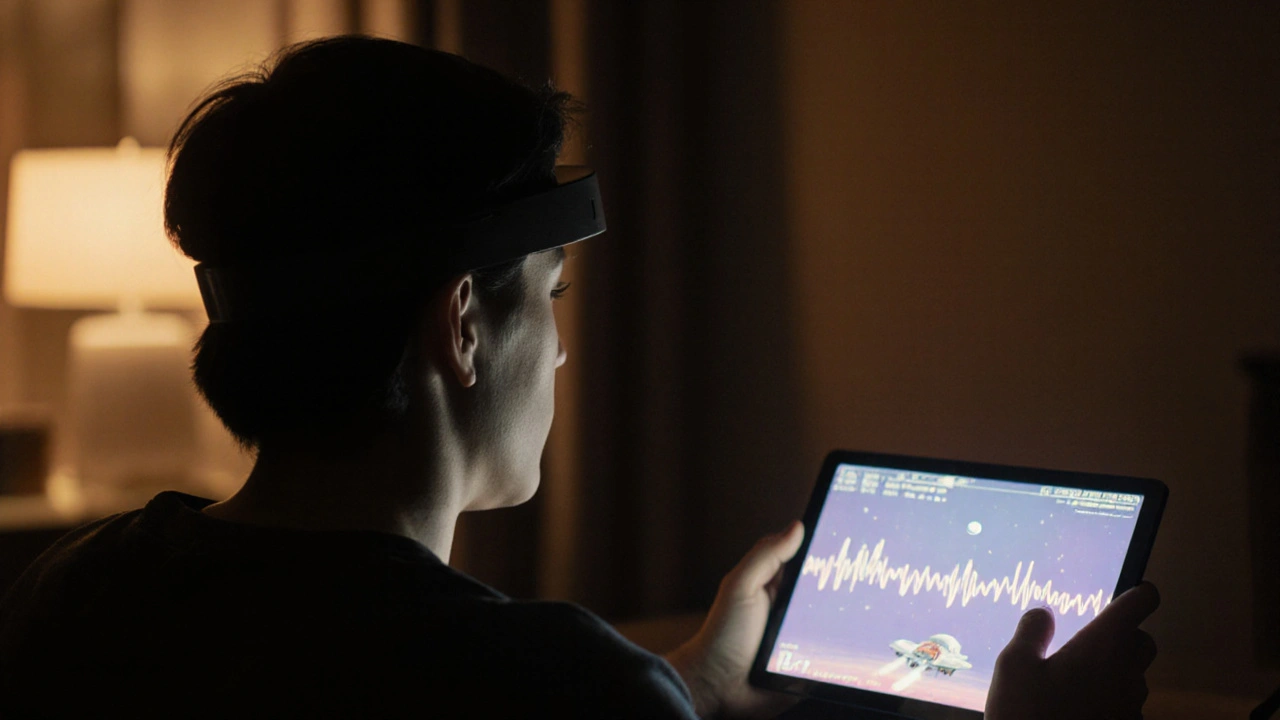Brain Training for Dogs: Boost Mental Sharpness and Reduce Anxiety
When we talk about brain training, structured mental exercises designed to challenge a dog’s problem-solving skills, memory, and focus. Also known as cognitive enrichment, it’s not about tricks—it’s about giving your dog a job that fires up their mind the way walking fires up their body. Most dogs spend their days waiting—waiting for food, waiting for a walk, waiting for attention. That idle time doesn’t just lead to boredom. It leads to chewing, barking, pacing, even aggression. Brain training flips that script by turning quiet moments into active learning.
It’s not magic. It’s biology. A dog’s brain, like a human’s, needs stimulation to stay healthy. Studies show dogs that regularly engage in problem-solving tasks have lower cortisol levels—the stress hormone—and show fewer signs of anxiety. canine cognition, the science of how dogs think, learn, and remember tells us they’re naturally curious. Left unchecked, that curiosity turns into destructive behavior. But when you channel it into games like scent work, treat-dispensing puzzles, or hide-and-seek with toys, you’re not just keeping them busy—you’re building confidence and calm.
Brain training doesn’t require fancy gear. It’s not about buying the most expensive toy. It’s about using what you have: a towel to hide treats, a muffin tin with tennis balls, or even your hands. The key is consistency—not intensity. Five minutes a day, done right, changes more than ten minutes of chaotic play. And it connects you. When your dog looks to you for the next clue, you’re not just a feeder or a walker—you’re their guide. That trust builds a deeper bond than any command ever could.
Related concepts like dog mental health, the emotional and psychological well-being of dogs, influenced by environment, routine, and mental stimulation are now recognized as critical as physical health. Dogs with anxiety, fear of loud noises, or separation issues often improve dramatically with daily brain games. It’s not a replacement for vet care, but it’s a powerful tool that works alongside it. And unlike medication, it has no side effects—just happier dogs and quieter homes.
You’ll find posts here that show you exactly how to start: from simple scent games using household items to step-by-step routines that build focus over time. Some posts break down how to use puzzle toys correctly so your dog doesn’t get frustrated. Others show how brain training can replace compulsive licking or circling before lying down. There’s even one that connects brain games to gut health—yes, your dog’s mind and belly talk to each other. These aren’t theories. They’re real routines used by dog owners and certified therapists alike.
Stop thinking of brain training as something extra. Think of it as essential. Your dog doesn’t need more walks—they need more things to figure out. And once they start winning those little mental battles, you’ll see the change: less barking, less pacing, more calm. That’s not just good behavior. That’s better living.

How Biofeedback Improves Cognitive Performance
Biofeedback helps improve cognitive performance by training the brain to regulate focus and reduce mental clutter. Studies show lasting gains in memory, attention, and task efficiency without drugs or side effects.




